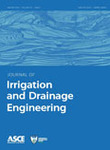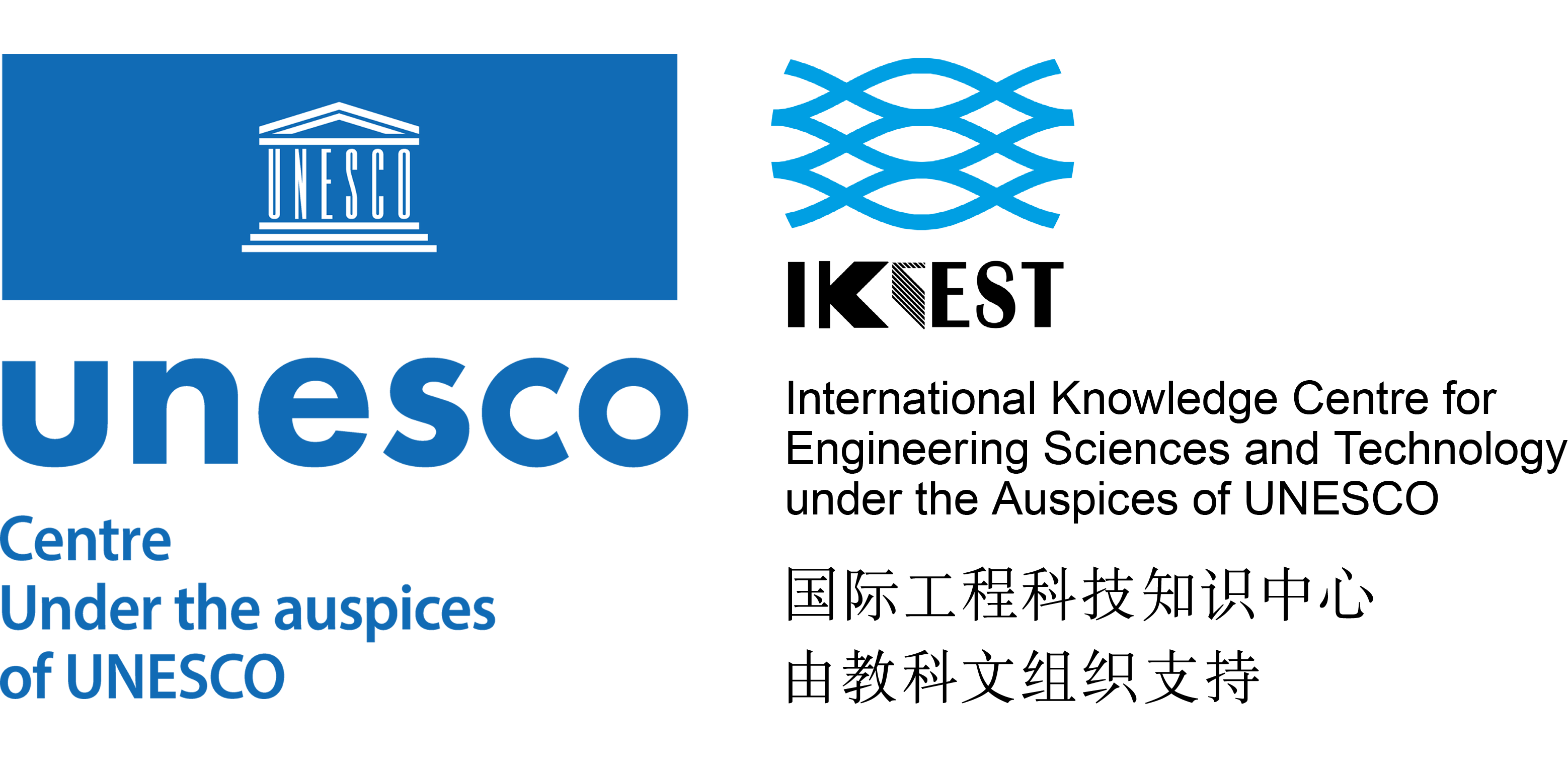Journal


Journal of Irrigation and Drainage Engineering
Archives Papers: 206
The American Society of Civil Engineers
Please choose volume & issue:
-
Air Pocket Expulsion from a Submerged Dropshaft with Inflow
Abstracts:Entrapped air pockets reduce flood conveying capacity of a surcharged drainage tunnel, and could be released explosively as geysers from vertical dropshafts. Nevertheless, the impact of dropshaft inflow on air pocket expulsion has hitherto not been fully understood. In this work, experiments was performed on a simplified drainage system consisting of a dropshaft with inflow. An air pocket was introduced into the tunnel; its dynamics in the dropshaft was measured with a high speed camera and pressure transducers. A heuristic analysis on the kinematics of the air pocket showed that when the dropshaft inflow is greater than a critical flow dependent on the dropshaft diameter, the increased compression leads to stronger air pocket expulsion, as spewing and/or ejection of air-water mixture. Observed occurrence of the phenomena generally agrees with the prediction.
-
Effect of Irrigation Water Amount and Planting Pattern on Water Use and Yield of Cotton in Northern Xinjiang, China
Abstracts:This study aimed to clarify the effect of irrigation water amount and planting pattern on water use and yield of cotton in Northern Xinjiang. A field experiment was conducted during 2020–2021 comprising four irrigation water amounts (360, 450, 540, and 630 mm) and two planting patterns (same row spacing, R1; and wide-narrow row planting, R2). The results showed that the evapotranspiration ( ), soil evaporation ( ), and plant transpiration ( ) of cotton under both planting patterns increased with the increasing irrigation amount. During the entire growth period, the annual average daily and under R2 were higher than those under R1, but the annual average daily under R2 were lower than those under R1. The daily was highest between one and four days after irrigation. The under R1 was approximately 27.45%–31.82%, and that under R2 was approximately 24.52%–28.56% under the four irrigation treatments. The relationship between the and leaf area index was fitted based on an exponential equation ( ). The yield increased with an increase in the irrigation amount, although there was no significant difference between the yields obtained with 540 mm and 630 mm irrigation amounts. The water use efficiency (WUE) increased first and then decreased with an increase in irrigation water amount, with the highest WUE observed under the 540 mm condition and the lowest under the 630 mm condition.
-
Mapping Drainage Ditches in Forested Landscapes Using Deep Learning and Aerial Laser Scanning
Abstracts:Extensive use of drainage ditches in European boreal forests and in some parts of North America has resulted in a major change in wetland and soil hydrology and impacted the overall ecosystem functions of these regions. An increasing understanding of the environmental risks associated with forest ditches makes mapping these ditches a priority for sustainable forest and land use management. Here, we present the first rigorous deep learning–based methodology to map forest ditches at regional scale. A deep neural network was trained on airborne laser scanning data (ALS) and 1,607 km of manually digitized ditch channels from 10 regions spread across Sweden. The model correctly mapped 86% of all ditch channels in the test data, with a Matthews correlation coefficient of 0.78. Further, the model proved to be accurate when evaluated on ALS data from other heavily ditched countries in the Baltic Sea Region. This study leads the way in using deep learning and airborne laser scanning for mapping fine-resolution drainage ditches over large areas. This technique requires only one topographical index, which makes it possible to implement on national scales with limited computational resources. It thus provides a significant contribution to the assessment of regional hydrology and ecosystem dynamics in forested landscapes.
Hot Journals
- Risk Breakdown Matrix for Risk-Based Inspection of Transportation Infrastructure Projects
- Social Control in Outsourced Architectural and Engineering Design Consulting Projects: Behavioral Consequences and Motivational Mechanism
- 2022 Best Paper Award
- Hold-Ups and Failures in Negotiated Order: Unearthing the Nuances of Rework Causation in Construction
- Prevalence and Risk Factors for Poor Mental Health and Suicidal Ideation in the Nigerian Construction Industry
- CFRP–Cable-Stayed Bridge Hybrid with Partial Suspension and a Span Exceeding 3,000 m: Concept, Optimization, and Construction
- Impact of Wind Load Characteristics on Computed Bridge Stay-Cable Forces Used for Bridge Health Monitoring
- Weak-End and Frequency Detection of Elastically Supported Bridges by Contact Residual Response of Two-Axle Test Vehicle in a Round Trip
- Development of Performance-Based Fragility Curves of Coastal Bridges Subjected to Extreme Wave-Induced Loads
- An Analytical Model to Evaluate Short- and Long-Term Performances of Post-Tensioned Concrete Box-Girder Bridges Rehabilitated by an Ultrahigh-Performance Concrete Overlay
- Three-Dimensional Velocity Distribution in Straight Smooth Channels Modeled by Modified Log-Law
- Experimental Investigation on Flow Past Two and Three Side-by-Side Inclined Cylinders
- An Experimental Investigation of Rotor–Box Aerodynamic Interaction 1
- Modeling Gas–Liquid Flow Between Rotating and Nonrotating Annular Disks
- Entry Length Requirements for Two- and Three-Dimensional Laminar Couette–Poiseuille Flows
Advanced Materials (3,745)
- Structured Perovskite Light Absorbers for Efficient and Stable Photovoltaics
- Strategies for High‐Performance Solid‐State Triplet–Triplet‐Annihilation‐Based Photon Upconversion
- Atomic Engineering Catalyzed MnO2 Electrolysis Kinetics for a Hybrid Aqueous Battery with High Power and Energy Density
- Crystal Adaptronics: Global Performance Indices for Dynamic Crystals as Organic Thermal Actuators (Adv. Mater. 20/2020)
- Enlightening Materials with Photoswitches
Acta Astronautica (1,768)
- Mixed-integer trajectory optimization with no-fly zone constraints for a hypersonic vehicle
- Adaptive control design for active Pogo suppression of large strap-on liquid launch vehicles
- Machine learning based approach for modeling and forecasting of GPS–TEC during diverse solar phase periods
- Effect of two-dimensional micro-cavity surface on hypersonic boundary layer
- Investigation on burning behaviors of aluminum agglomerates in solid rocket motor with detailed combustion model








 User Center
User Center My Training Class
My Training Class Feedback
Feedback




